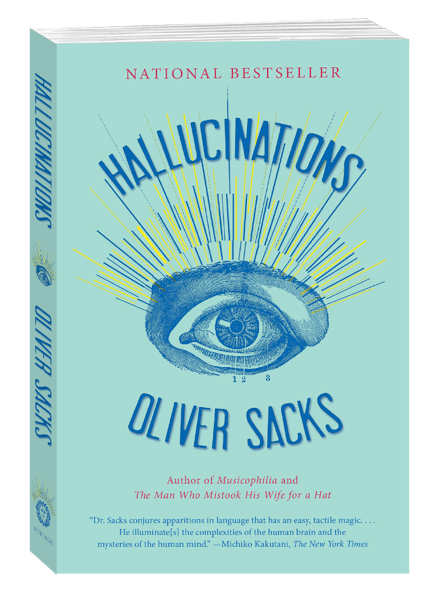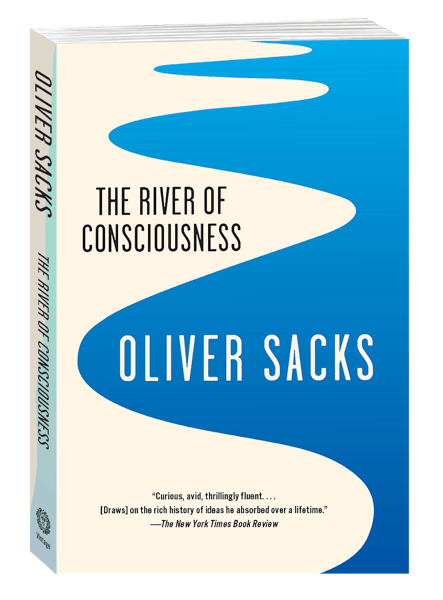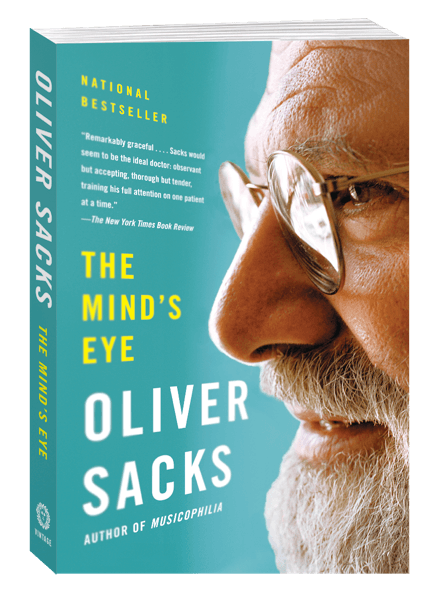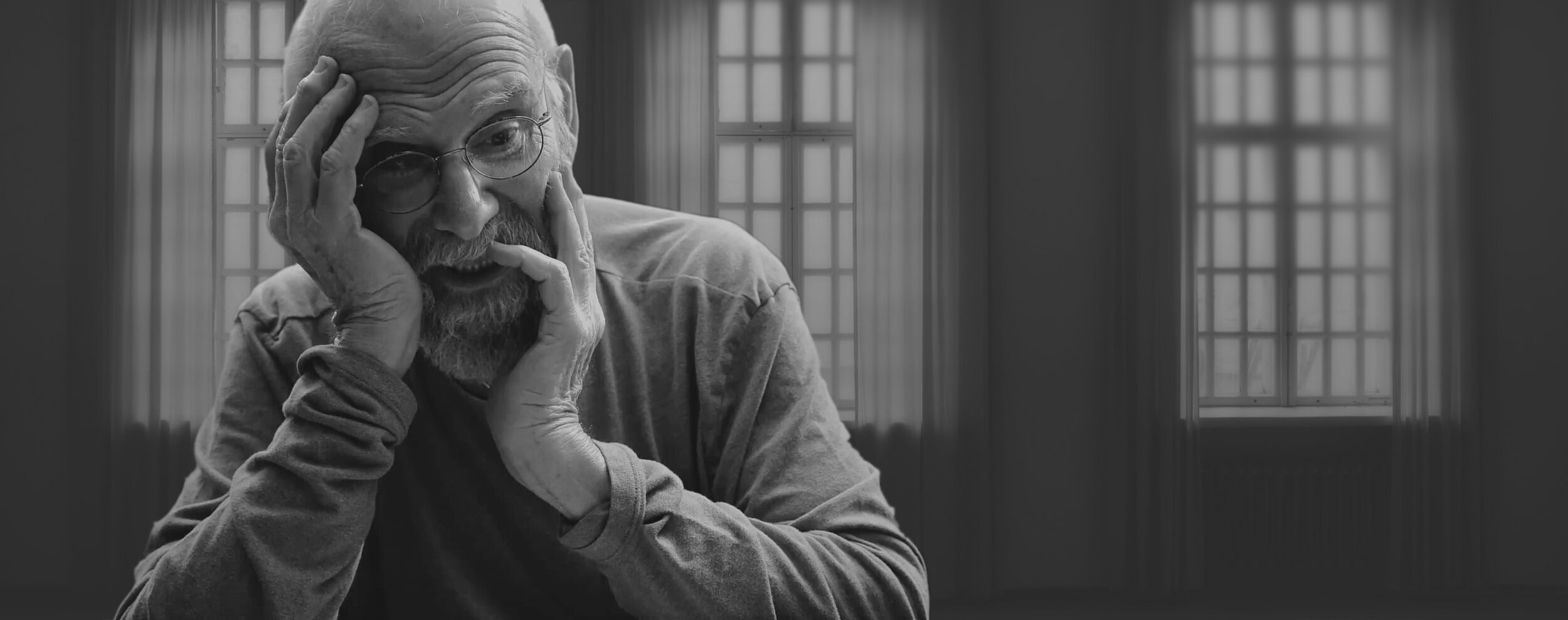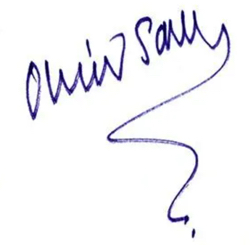“Illuminate[s] the complexities of the human brain and the mysteries of the human mind.”
— The New York Times
Hallucinations
“To live on a day-to-day basis is insufficient for human beings; we need to transcend, transport, escape; we need meaning, understanding, and explanation; we need to see overall patterns in our lives. We need hope, the sense of a future.” —Oliver Sacks
Have you ever seen something that wasn’t really there? Heard someone call your name in an empty house? Sensed someone following you and turned around to find nothing?
Hallucinations don’t belong wholly to the insane. Much more commonly, they are linked to sensory deprivation, intoxication, illness or injury. People with migraines may see shimmering arcs of light or tiny, Lilliputian figures of animals and people. People with failing eyesight, paradoxically, may become immersed in a hallucinatory visual world. Hallucinations can be brought on by a simple fever or even the act of waking or falling asleep, when people have visions ranging from luminous blobs of color to beautifully detailed faces or terrifying ogres. Those who are bereaved may receive comforting “visits” from the departed. In some conditions, hallucinations can lead to religious epiphanies or even the feeling of leaving one’s own body.
Humans have always sought such life-changing visions, and for thousands of years have used hallucinogenic compounds to achieve them. As a young doctor in California in the 1960s, Oliver Sacks had both a personal and a professional interest in psychedelics. These, along with his early migraine experiences, launched a lifelong investigation into the varieties of hallucinatory experience.
Here, with his usual elegance, curiosity, and compassion, Dr. Sacks weaves together stories of his patients and of his own mind-altering experiences to illuminate what hallucinations tell us about the organization and structure of our brains, how they have influenced every culture’s folklore and art, and why the potential for hallucination is present in us all, a vital part of the human condition.
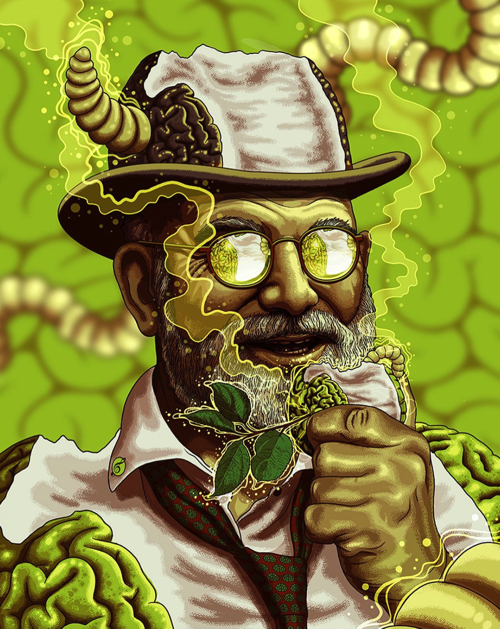
📷 Oliver Sacks by artist Nico Rosenfeld/DeviantArt.
Praise for Hallucinations
“Beguiling. . . . Sacks presents a field guide to our quirky operating system’s powers of deception with storytelling that makes readers feel like medical insiders.”
—Chicago Tribune
Sacks has turned hallucinations from something bizarre and frightening into something that seems part of what it means to be a person. His book, too, is a medical and human triumph.” —The Washington Post
“Fascinating. . . . With his special mix of patient case studies, historical accounts, reader correspondence and personal experience, Oliver Sacks has again found a way to unlock one of the mysteries of our brains.” —The Miami Herald
“A thoughtful and compassionate look at the phantoms our brains can produce.” —NPR
“Escorts the reader through case studies and literary excursions into the fantastical land of our perceptions. . . . His vignettes are short, pungent and self-contained. They join his earlier books, starting with Awakenings in 1973—all building blocks that snap our increasing knowledge of the brain into focus.” —The Plain Dealer

